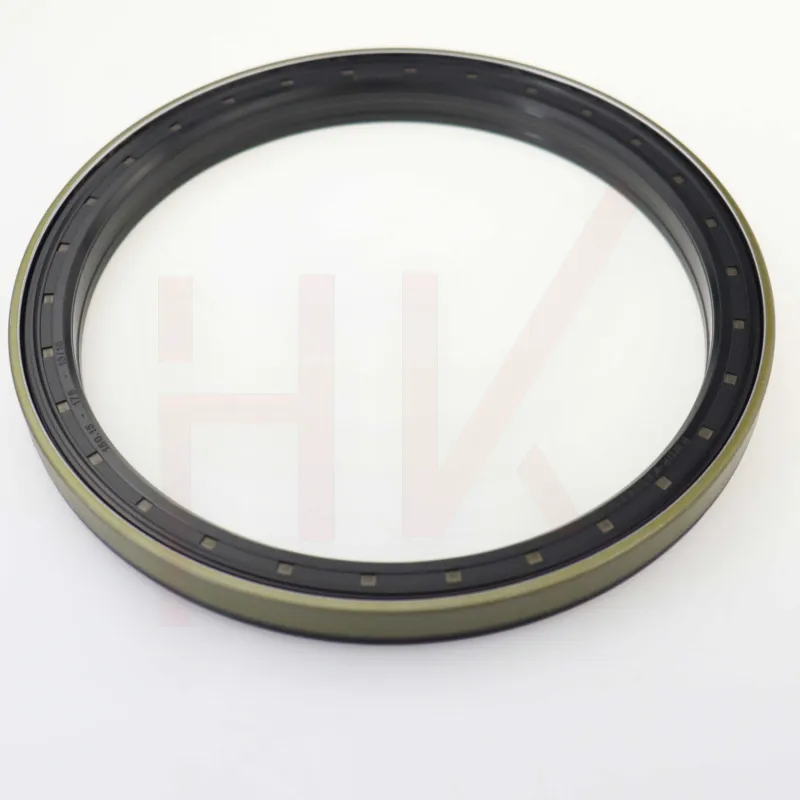Oct . 30, 2024 13:07 Back to list
replacing seals hydraulic cylinder
Replacing Seals in Hydraulic Cylinders A Comprehensive Guide
Hydraulic cylinders play a crucial role in various machinery and equipment, converting hydraulic energy into mechanical power. Over time, the seals in these cylinders can wear out, leading to leaks and reduced efficiency. Replacing seals in hydraulic cylinders is a vital maintenance task that can extend the life of your machinery and prevent costly repairs. This article provides a comprehensive guide to understanding when and how to replace seals in hydraulic cylinders.
Why Do Hydraulic Cylinder Seals Fail?
Seals are essential components that prevent hydraulic fluid from leaking out of the cylinder while keeping contaminants from entering. However, they can fail for several reasons
1. Wear and Tear Continuous movement and pressure can cause seals to wear down over time. 2. Chemical Degradation Exposure to harsh chemicals can deteriorate seal materials. 3. Temperature Extremes High temperatures can harden seals, while low temperatures can make them brittle, leading to cracks. 4. Improper Installation Incorrectly installed seals can lead to premature failure.
Signs of Seal Failure
Identifying seal failure early can save you from significant downtime. Here are some indicators to watch for
- Leakage The most obvious sign of seal failure is hydraulic fluid leaking from the cylinder. - Reduced Performance A decline in the performance of the machinery can indicate that the seals are not functioning properly. - Increased Noise Unusual noises during operation can signify internal issues due to seal degradation.
The Replacement Process
Replacing seals in hydraulic cylinders requires a systematic approach
replacing seals hydraulic cylinder

1. Preparation First, ensure that the machinery is powered down and depressurized. Remove any guards or coverings that obstruct access to the hydraulic cylinder.
2. Disassembly Detach the cylinder from the machine. Carefully remove the end caps and piston rod, making sure to keep track of all components.
3. Seal Removal Gently pry out the old seals from their grooves. Be cautious not to damage the cylinder or seal housing during this process.
4. Cleaning Thoroughly clean the cylinder and all components. Any debris left behind can cause new seals to fail prematurely.
5. Seal Installation Before installing new seals, lubricate them with compatible hydraulic fluid. Carefully place the new seals into their grooves, ensuring they sit evenly and securely.
6. Reassembly Reattach the piston rod and end caps. Ensure all components are tightened to the manufacturer's specifications.
7. Testing Once reassembled, reconnect the cylinder and perform a pressure test to check for leaks. Monitor the system closely during the initial run to ensure everything operates smoothly.
Conclusion
Replacing seals in hydraulic cylinders is a straightforward task that can significantly impact the performance and longevity of your equipment. By regularly inspecting seals and replacing them as necessary, you can maintain efficient hydraulic systems and avoid expensive repairs. Whether you're a seasoned mechanic or a DIY enthusiast, following these guidelines will help you master the art of seal replacement in hydraulic cylinders, ensuring your machinery runs at its best.
-
TCN Oil Seal Metal Ring Reinforcement for Heavy Machinery
NewsJul.25,2025
-
Rotary Lip Seal Spring-Loaded Design for High-Speed Applications
NewsJul.25,2025
-
Hydraulic Cylinder Seals Polyurethane Material for High-Impact Jobs
NewsJul.25,2025
-
High Pressure Oil Seal Polyurethane Coating Wear Resistance
NewsJul.25,2025
-
Dust Proof Seal Double Lip Design for Construction Equipment
NewsJul.25,2025
-
Hub Seal Polyurethane Wear Resistance in Agricultural Vehicles
NewsJul.25,2025
-
The Trans-formative Journey of Wheel Hub Oil Seals
NewsJun.06,2025
Products categories
















